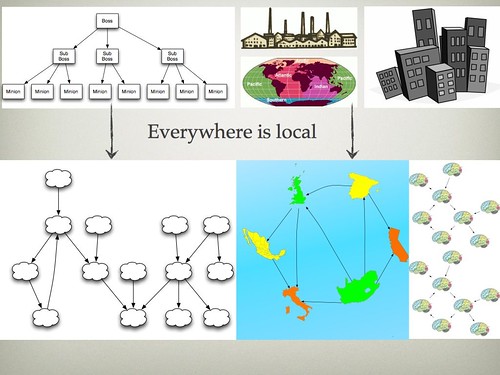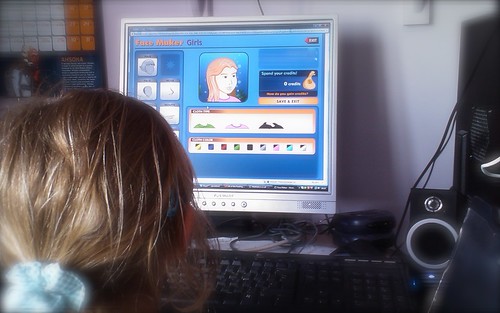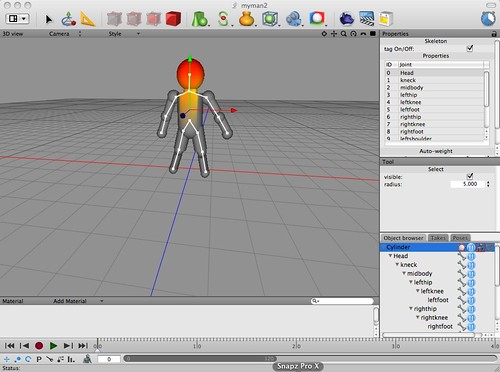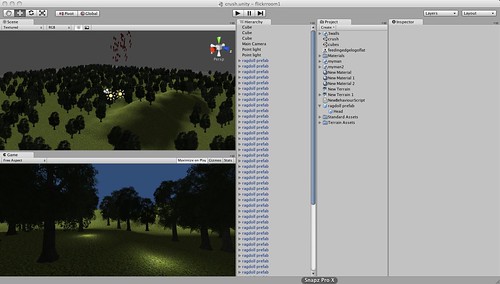This week the BBC aired a programme on the science of Network Analysis. Since the programme I have talked to lots of people and we have all said the same thing. Yes we knew all about the Six Degrees of Kevin Bacon game. We all live and work in social media (a self selecting bunch of people I talk to of course), so we all understand the power of the connected hub and the ability to link people and ideas and spread the word. We all knew the obvious statements that disease spreads through contact hubs where people have more direct contact with others. We all knew that travel broadens the mind and also the dispersal of families and companies at a global level means the world is smaller.
Its all obvious. That does not mean that it is wrong of course.
The programme sought to show the science and maths involved in the description of the various types of network theory. It also did an experiment involving random people in far flung part of the world having to find a people to help get a package to someone they did not know. i.e. pass it on and see how many steps it really took.
That worked very well too.
The piece of the puzzle that is the most thought provoking is the places these clumped networks of relationships, hubs of influence and transmitters exists. Social Networks, The Web, Flu spreading are the classic obvious ones. However in studying this scientists have found the patterns and principles apply at all sorts of meta levels.
One that I thought they might have explicitly pointed out, but may have just been subtle and clever scripting was the fact that the hsitory of the network theory development was itself a network of hubs and connectors. Someone happened to see an article by someone else etc.
The striking one was that scientists mapped all diseases and their relationships to one another, each has a relationship to another, and some common hubs act as a link between many disparate ilnesses.
Just consider that, every illness we can suffer is just six degrees of separation or less from another via their structure and our genes.
If we look at networks of networks the same patterns will apply. The patterns continue in a repeating fractal nature at any level you care to consider, from brain cells to the eco system, financial systems to planetary systems.
Why is this relevant?

We have through various pieces of technology, from email and the telephone to virtual worlds provided a way to make these connections even faster to use the network effect to transmit ideas to one another. It surely makes sense to be aware of the nature of the structure of networks and hubs that helps adoption of an idea, a technology or a movement.
In trying to help people come to terms with a change you have to deal with the hubs, or reduce your path to the hubs. Convincing people on the periphery of a network has to be done, but the aim is to get to the fast connector, the fast influencer.
It would seem the fast influencer and meta network that many people look to is money. The conversations on technology adoption and its usage tends to be based on objections or otherwise of ROI. However, money is a network in its own right. There are hubs, people with more access to more money that need to be influenced. Money though is not the only network here. As we often say the virtual world and social media is not about the technology it is about people. People themselves are collections of networks, from those they belong to socially, to the collection of neurons that form the brain.
It struck me that the best way to get people to adopt something is not to appeal to just one of their networks. instead to appeal to the network of networks. Just as each disease is shown to be part of its own network of diseases and the cure for one major one might be found by focussing on the nearest apparently unrelated disease on the surface, then adoption curves and getting people to where we think they need to be may be best done via another route than their major network.
I then realized that in some ways I had been explaining this and doing this all along. I often help people who want to know how you convinces crowds of people to follow an idea. The key is to make is personal to each individual. To now dive straight at their primary concern (in business this is money/ROI etc). Instead you appeal to another part of their own network, rather than the network they are part of.
Finding a long lost friend of relative, discovering someone with the same passion for the same hobby, being inspired by an idea, being able to show off, even taking a moment to think of others. All these when applied to the person you are trying to help and convince will work so much better than the £ or $ signs in most cases. Once they have experienced even in the smallest amount a change to their internal biological personal network then they will be open to consider the influence they may have on the networks they are in.
Another example was clearly how the use of Second Life at Wimbledon, via IBM made people consider the potential options of virtual worlds. To me the link made sense, the network and flow was clear. However looking back it is even more obvious in the context of peoples internal influence networks. Wimbledon is an emotive hub. Sport, whilst a business to some is an emotive experience, seldom about the prize money or company share price, but about competition. Attaching such an emotive hub to the personal experiences that we have in virtual worlds made sense. The second hub, that of a solid Blue Chip IT business clearly also appealed to a different network of business. Hence Second Life, Wimbledon and IBM became three super hubs joining multiple networks of people, ideas, emotions and motivators.
I often point out how we have to rely on serendipity. I think now that serendipity really is the collision of multiple types of network at a point in time. Seemingly unrelated things occur and form a pattern we cannot quite discern, but we feel that something is right.
The trick is to feel these networks at all their various levels, not just social and try and weave them and make them collide in a positive way.
So next time you are focussed on one goal, one target, one idea just for a second considered the multitude of networks that that may for part of. Look at those may just get you to that goal quicker, and open up a whole new set of others.
To quote Snowcrash (again) “Is it a virus, a drug or a religion…. what’s the difference?”




